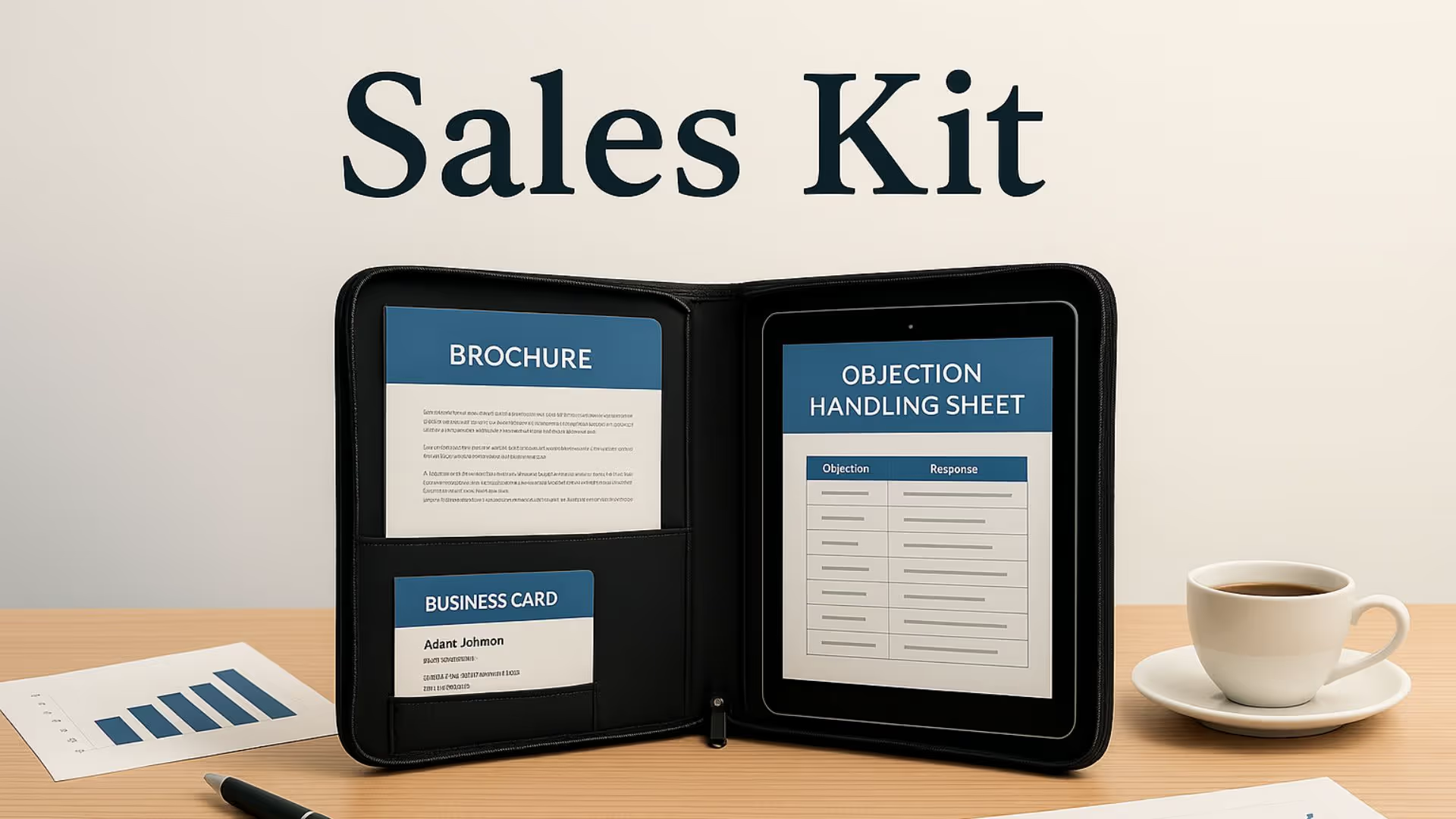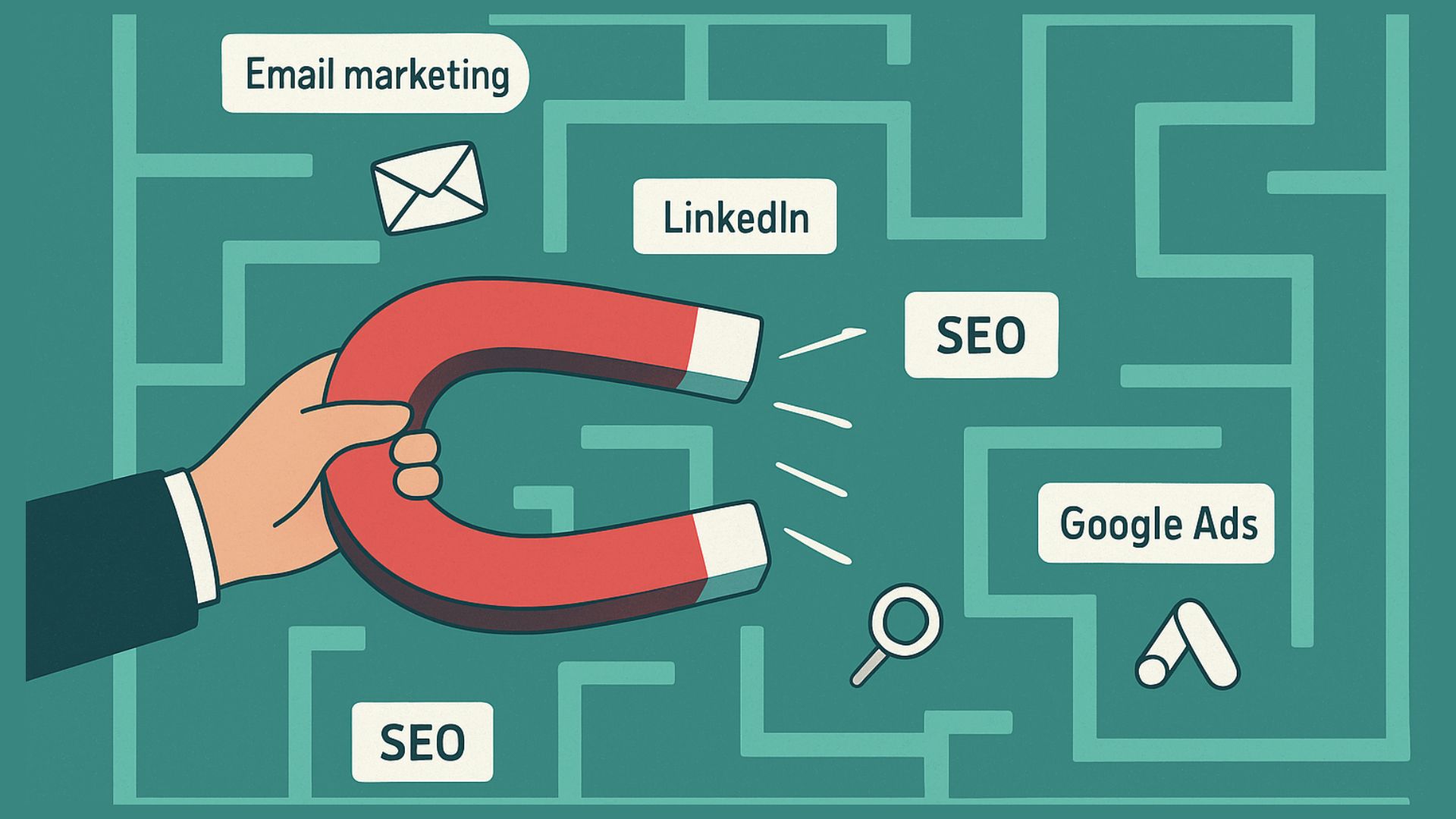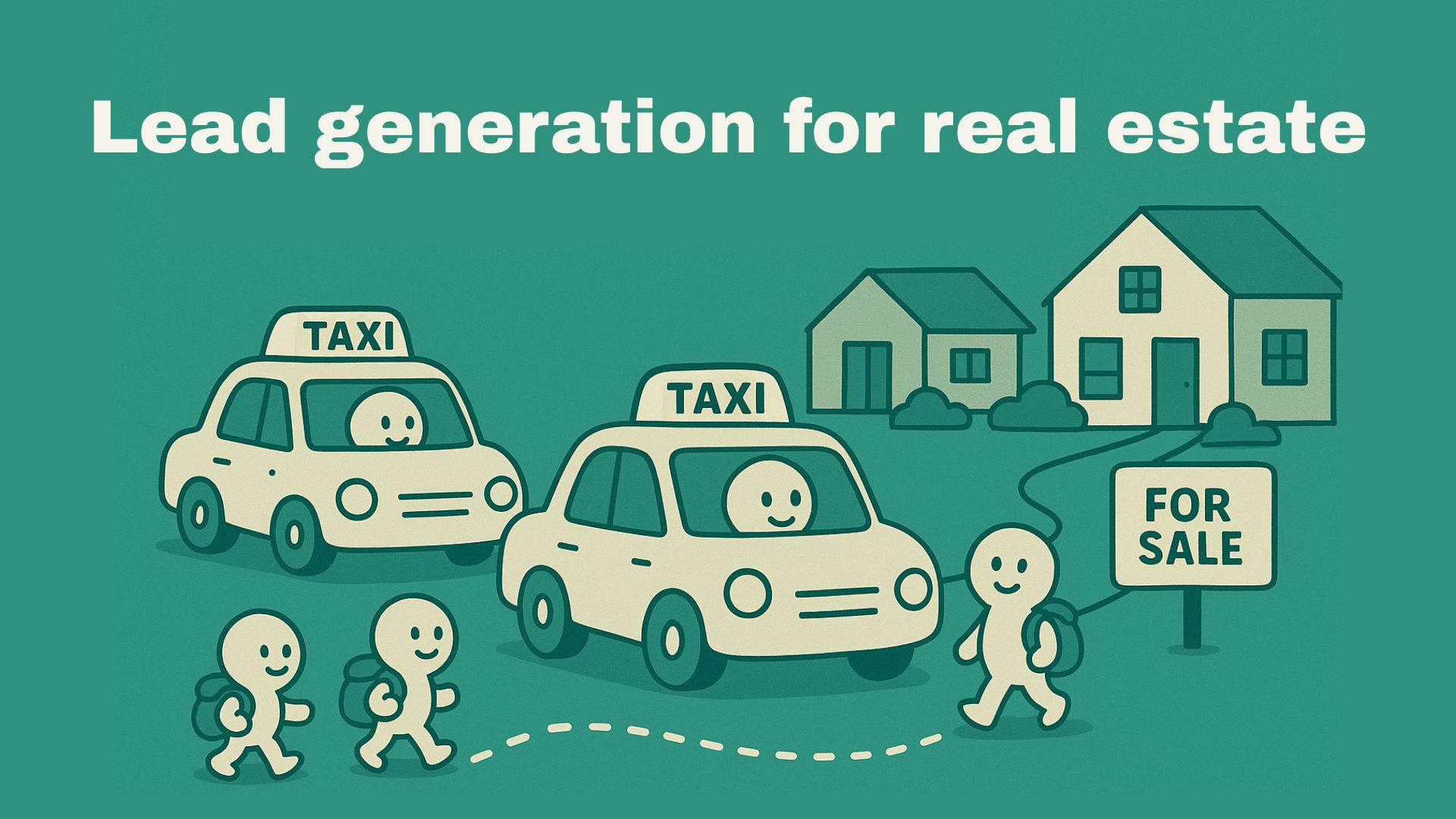

It’s no secret that selling is tough work. Whether you're reaching out to a new lead or trying to close a big deal, having the right materials in hand can make a huge difference. That’s what the sales kit is for. Think of it as your go-to toolkit filled with everything you need to tell your brand’s story, answer tough questions, and show real value to your prospects. From brochures and pitch decks to product sheets and case studies, a good sales kit helps you show up prepared and ready to slay.
Here’s how to build a sales kit that actually helps you close.
What is a sales kit?
What are the components of a sales kit?
Company overview
This is your pitch in written form and gives prospects a quick glance at who you are, what you do and what sets you apart from the competition.
Product or service brochures
These are detailed documents that highlight the features, benefits and use cases of your offerings. Visuals, infographics, and simplified language can make complex products easier to understand and more appealing.
Pitch deck or sales presentation
A well designed pitch deck helps guide live sales conversations. It provides structure to your pitch while keeping the message consistent, persuasive, and visually engaging.
Case studies or testimonials
Case studies/testimonials are powerful as they showcase how your product or service has helped others and builds trust with new prospects.
Pricing information
Clear, upfront pricing helps manage expectations and reduce friction later in the sales process. You can include rate cards, quote templates, or tiered pricing structures.
FAQs and objection handling sheets
From product limitations to pricing concerns, an FAQ or objection-handling guide helps you respond to objections or queries with confidence.
Business cards or contact info
Whether your kit is digital or physical, always include a clear way for prospects to get in touch with you. For digital kits, this might mean clickable email addresses or calendar links for scheduling demos.
Product samples
If you sell physical goods or software, including a sample, demo access, or product walkthrough video can help boost customer engagement.
How to build an effective sales kit?
Know your buyer in and out
Before you create anything, get a clear idea of who your customers are, their pain points and their goals.
Collaborate with sales and marketing teams
In order to ensure that the sales kit is brand aligned and capable of working well in real life situations, you need to collaborate with your sales and marketing teams to understand marketing content and real world selling in depth.
Choose the right components
Not all businesses are built the same. Choose the components (like case studies, pitch decks, FAQs etc.) that adequately support your sales process and buying journey.
Do not forget the visual touch
Your sales kit is aimed to reflect your brand. Use consistent fonts, colors and design elements to ensure that it looks professional.
Ensure that it’s clear and concise
Avoid jargon and fluff to ensure that your sales kit delivers value clearly. Use bullet points, short paragraphs and clear headings to make the content easy to understand and skim through.
Customisable for different stages in the funnel
Try to create different versions of your sales kit for different stages of the buyer journey.(This isn’t Superleap CRM, one size doesn’t fit all)
For example,
Top of the funnel: Company overview, product benefits
Middle of the funnel: Case studies, feature breakdown
Bottom of the funnel: Pricing, ROI calculators, objection handling sheets
Digitise it for easy access
Ensure that your sales kit is easy to share and access on the go. Create a digital version of it so that it can be accessed from a laptop or phone at any point in time.
Regularly update it
Products change, messaging evolves, nothing is constant. Ensure that you regularly review and update your sales kit so that it stays accurate and relevant.
{{callout-3}}
What are some industry specific sales kits?
Customising your sales kit for your industry can improve your success rate. Here’s how different industries tailor their sales kit:
Healthcare and pharma
Sales kits in this sector include:
- Clinical trial data
- Regulatory compliance documents
- Doctor testimonials and case studies
SaaS and tech
Sales kits in this sector include:
- Product demo videos
- ROI calculators or cost benefit analysis sheets
- Technical whitepapers or architecture diagrams
Education and EdTech
Sales kits in this sector include:
- Curriculum alignment and learning outcome documents
- Engagement and usage reports
- Pricing for bulk licensing or institutional packages
What are the best tools and platforms for creating sales kits?
Content design
Canva: Great for creating brochures, flyers and presentations.
Adobe InDesign: Perfect for designing polished print and digital materials.
Proposal management
PandaDoc: Great for creating, tracking and e-signing proposals or sales documents.
Storage and organization
Dropbox: Easy to use cloud storage platform with sharing capabilities.
Notion: For building a centralised internal sales knowledge base
Enablement and analytics
Showpad: Combines content management with training and analytics
Seismic: Enterprise grade sales enablement tool that personalises content at scale.
{{callout-1}}
No matter which tools you use, ensure that your sales kit is easy to access, simple to update and tailored to your team’s workflow.
Creative ideas for sales kits
Interactive digital kits
Personalised video intros
Industry themed kits
Gamify the kit
Easy to share mobile friendly versions
Mini sneak peek into onboarding experience
Make it memorable; use handwritten notes or gifts
Heading text
Nunc sed faucibus bibendum feugiat sed interdum. Ipsum egestas condimentum mi massa. In tincidunt pharetra consectetur sed duis facilisis metus. Etiam egestas in nec sed et. Quis lobortis at sit dictum eget nibh tortor commodo cursus.
Odio felis sagittis, morbi feugiat tortor vitae feugiat fusce aliquet. Nam elementum urna nisi aliquet erat dolor enim. Ornare id morbi eget ipsum. Aliquam senectus neque ut id eget consectetur dictum. Donec posuere pharetra odio consequat scelerisque et, nunc tortor.
Nulla adipiscing erat a erat. Condimentum lorem posuere gravida enim posuere cursus diam.
.svg)






